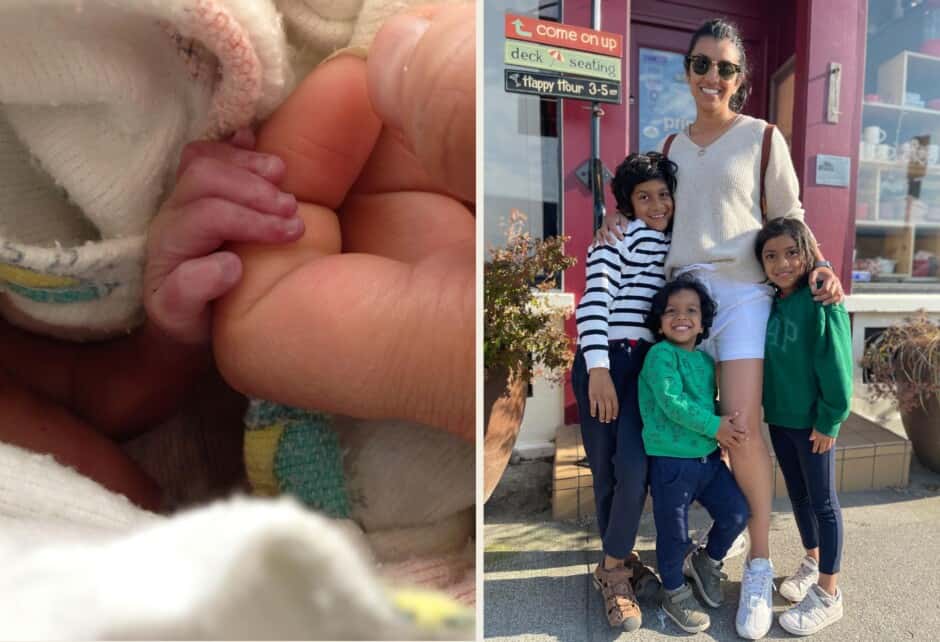In the spring of 2020, my youngest child, Liv, told me they were pansexual. Last summer, Liv came home one day and said, “Mom, I identify as non-binary and my pronouns are they/them.”
That same week, my older daughter came out and told me that they were also non-binary—their pronouns were she/her up until two months ago when they declared their pronouns are now they/them.
It was a reminder that life is fluid—and so are people and their identities. As a culture, we need to change and evolve or we will simply be left behind in a future that believes in change and adaptability.
Below, I’m sharing what I’ve learned over the last two years raising and supporting my favorite humans.
Gender fluid individuals use a variety of labels to define themselves, with non-binary being one of the most common. Many folks use genderqueer, agender, bigender, and other terminology to self-identify. None of these identifiers signify the same thing, yet they all refer to a gender experience that isn’t solely masculine or feminine.
Those who identify as non-binary most often use gender neutral (they/them) pronouns instead of “he/him” or “she/her.” Those are my kids’ preference of gender neutral pronouns, but other pronouns, like neopronouns, are gaining popularity.
Some people aren’t familiar with what it means to identify as non-binary, and that’s okay. But you don’t need to understand someone’s gender identity in order to respect it.
Remember this is a new experience for them, they might not know what sort of support they need during this time, and that’s perfectly okay, too.
From time to time you’ll probably have a pronoun slip-up—it happens! What matters is how you handle it. The best way to handle misgendering someone who is present is to apologize and try harder next time. Keep your apology brief so as to not center it on yourself or your mistake.
Don’t be afraid to ask. I ask my kids frequently if their pronouns have changed or if they’d prefer me to call them something else. One way to avoid misgendering is to use gender-neutral language.
Here are some examples:
- *Instead of “boys and girls” or “ladies and gentlemen,” say “everyone.”
*Instead of “fireman” or “policeman,” say “firefighter” or “police officer.”
*Instead of “hey guys,” say “hey everyone” or “hey all.”
When we are busy and stressed—as life can be for any parent—we’re more likely to misgender people. Try to pause before you speak and make sure you’re using the right terms when referring to your child. Be patient with yourself, you’re learning.
Some non-binary tweens/teens decide to change their names. HONOR THAT! Dead-naming someone who is non-binary or trans—which refers to calling someone by the birth name they no longer use—can be hurtful and harmful.
Many trans and non-binary people choose a name that conforms to their gender identity and choose to drop their old name, which may sound feminine or masculine and remind them of the gender marked on their birth certificate.
We live in the San Francisco Bay Area where the environment is more progressive and school documents include non-binary checkboxes where students can indicate their preferred name, but this may not be the case in other areas.
As parents, we instinctively want to protect our kids from harm—especially if there’s a chance they might be “othered.” But the best thing to do is acknowledge their sovereignty and embrace gender diversity by offering support and holding space for your kids.
- *What kind of support do you need from me as your parent to navigate this change?
*Would you prefer me to tell our family members and loved ones about your pronouns or would you rather do it yourself?
*If you’re doing it on your own, how can I support you?
*Is it OK that I ask you from time to time what your pronouns are? (in case they change)
*Don’t defend yourself if you get their pronouns wrong. Simply apologize and ask them how you can do better.
As parents, it’s easy to think of ourselves as the authority in the life of our children, but we’re not. We are just there to guide them as they navigate the different chapters of life.
This article original appeared on Jo Portia’s blog.
Share this story




